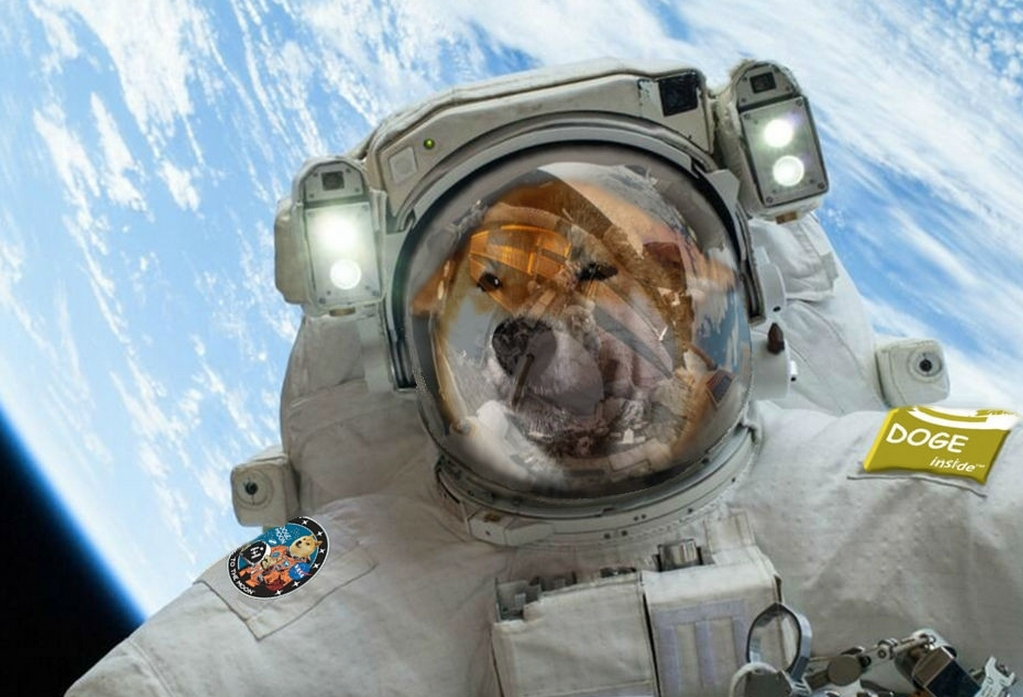Building in Web2 and Web3 involves creating products that are beneficial to users. However, the differences in the process of building in the two ecosystems is affecting how Web2 developers are migrating into Web3.
Speaking at the Istanbul Blockchain Week, Yoshi Hashimoto, CEO of Ziku Technology, explained that one of the differences between Web2 and Web3 that has hindered the migration of Web2 developers into Web3 is understanding and implementing tokenomics. He revealed that several Web2 devs don’t want to deal with tokenomics.
Web2 devs are also scared of handing ownership of any sort to their users which seems to be one of the foundations of Web3; they don’t want to deal with issuing currencies – native tokens, and Web2 devs are waiting for a better tax system that brings in proper regulation into the Web3 space.
Another turn off Web2 devs have for Web3 according to Yoshi is that the emphasis on the need for raising money with or without a project in Web3 is not needed in Web2. You can create a project, launch it and allow users to participate with or without raising money from investors.
Building efficient Web3 games
According to a former employee of Sega, most Web3 games that use the x-to-earn model including play to earn, sleep to earn, and more, are not sustainable as the money users spend to buy tokens from these platforms is always greater than what users gain. Since users want to always increase their yield, teams will need to focus on profit and cost at all times to meet these demands from the design stage of the game.
Comparing X2Es with simple free-to-play games, he narrated that while users spend time and money to get money (in form of native tokens of the project) in X2Es, users put in money, time, and skills to get fun from free-to-play. To make X2Es better, teams can introduce an advertising model or allow users to sell specific data which shares revenue with them, Yoshi added.
The future of Web3 and metaverse
Yoshi added that in the future, the terms “metaverse” and “Web3” may go extinct, however, the concept will evolve and be relevant in the future. Other aspects that will remain include the power of community where users come together to engage online; real-time sharing of presence; and RMT (Real Money Trade) where people will trade items for value.
He also noted that we might not need 3D space, 3D avatars, VR and AR, UGC, blockchain, and interoperability. 2D, smartphones, and TVs are fine.
Read also;
Read More: news.google.com









 Bitcoin
Bitcoin  Ethereum
Ethereum  Tether
Tether  XRP
XRP  Solana
Solana  Dogecoin
Dogecoin  USDC
USDC  Cardano
Cardano  Lido Staked Ether
Lido Staked Ether  TRON
TRON  Avalanche
Avalanche  Sui
Sui  Wrapped stETH
Wrapped stETH  Toncoin
Toncoin  Shiba Inu
Shiba Inu  Chainlink
Chainlink  Wrapped Bitcoin
Wrapped Bitcoin  Stellar
Stellar  Hedera
Hedera  Polkadot
Polkadot  WETH
WETH  Bitcoin Cash
Bitcoin Cash  LEO Token
LEO Token  Litecoin
Litecoin  Uniswap
Uniswap  Pepe
Pepe  Hyperliquid
Hyperliquid  Wrapped eETH
Wrapped eETH  NEAR Protocol
NEAR Protocol  USDS
USDS  Ethena USDe
Ethena USDe  Aptos
Aptos  Internet Computer
Internet Computer  Aave
Aave  Mantle
Mantle  Cronos
Cronos  Ethereum Classic
Ethereum Classic  POL (ex-MATIC)
POL (ex-MATIC)  MANTRA
MANTRA  Render
Render  Monero
Monero  Bittensor
Bittensor  Artificial Superintelligence Alliance
Artificial Superintelligence Alliance  Dai
Dai  Tokenize Xchange
Tokenize Xchange  Filecoin
Filecoin  Arbitrum
Arbitrum